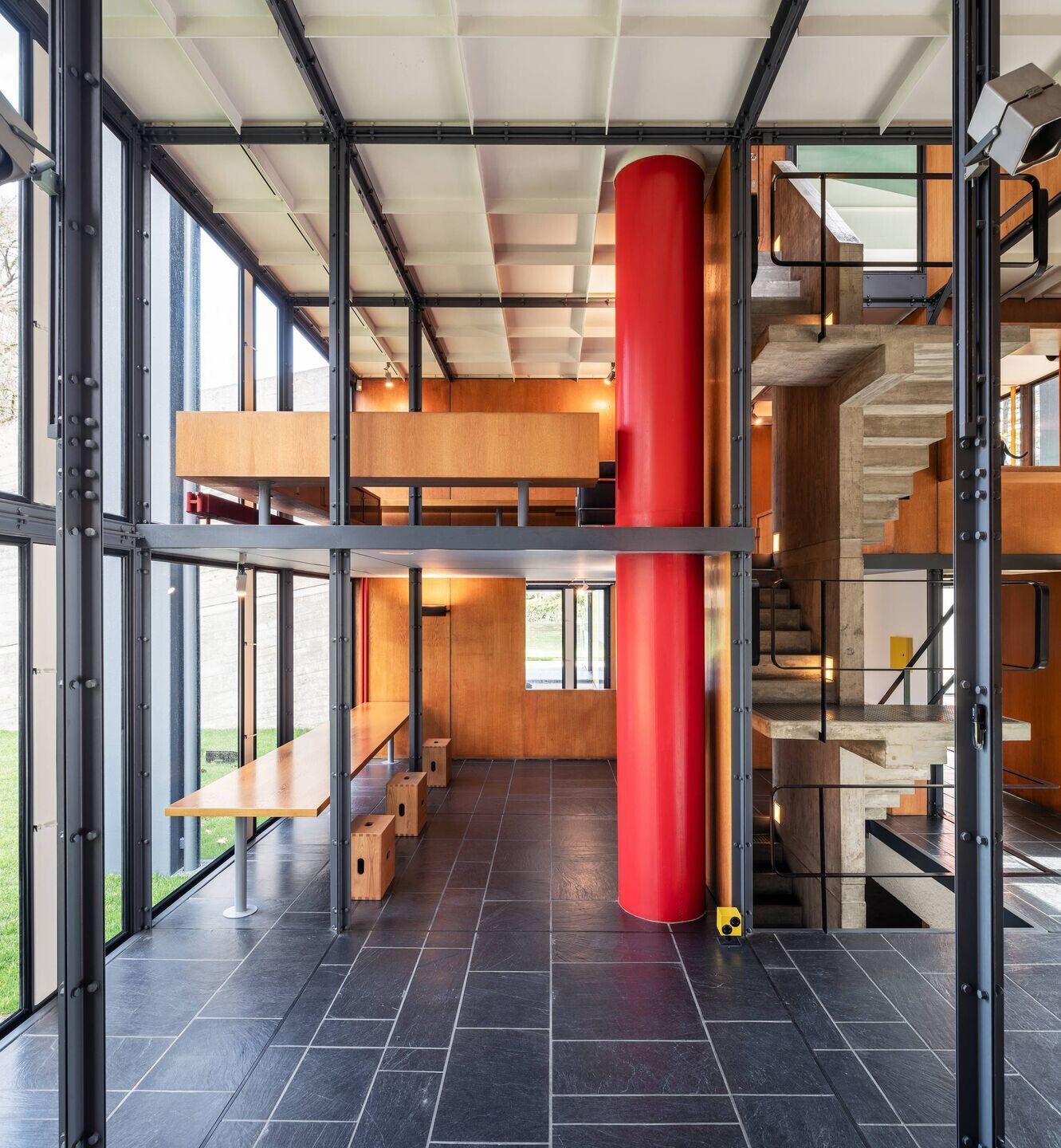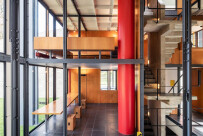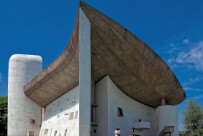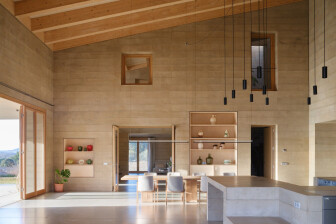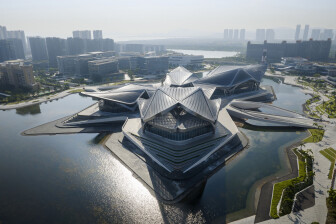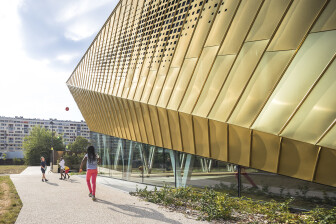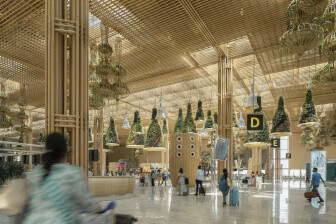Famed Swiss architect and city planner, Charles-Édouard Jeanneret-Gris – better known by his pseudonym Le Corbusier - was born in La Chaux-de-Fonds, Switzerland, October 6, 1887, and died in Cap Martin, France, August 27, 1965.
He is considered to be one of the most important architects of the 20th century and his monumental influence can still be felt today. Back in 2016, seventeen of his architectural works were named World Heritage sites by UNESCO. His world-renowned oeuvre combines functionalism from the modern movement with bold sculptural expressionism.
Le Corbusier had no formal training as an architect. At thirteen he left primary school to learn enameling and engraving of watch faces at the École des Arts Décoratifs at La Chaux-de-Fonds. There his teacher, Charles L’Eplattenier, suggested that he should become an architect and gave him some local projects to work on.
Le Corbusier famously subscribed to the International Style, whose defining characteristics include: rectilinear forms, open interior spaces, and a distinct lack of ornament and decoration.
Besides being a world-class architect, Le Corbusier was also a recognized artist and writer. As a respected writer, Le Corbusier collaborated with French cubist painter Amédée Ozenfant to develop a manifesto of ‘Purism’ and, from 1920, the duo went on to publish the journal L’Esprit Nouveau.
It was in L’Esprit Nouveau that Le Corbusier first developed his famous 'five points of architecture', which can be briefly summarised as follows:
- Raise a building on 'pilotis', freeing the walls of their structural function.
- With the walls freed of their structural role, a free plan should be employed.
- Similarly, the facade should be designed freely.
- The horizontal ribbon window, enabled by the free facade, should be used to light rooms evenly.
- The roof should be flat and host a roof garden, replacing the ground space that is occupied by the building.
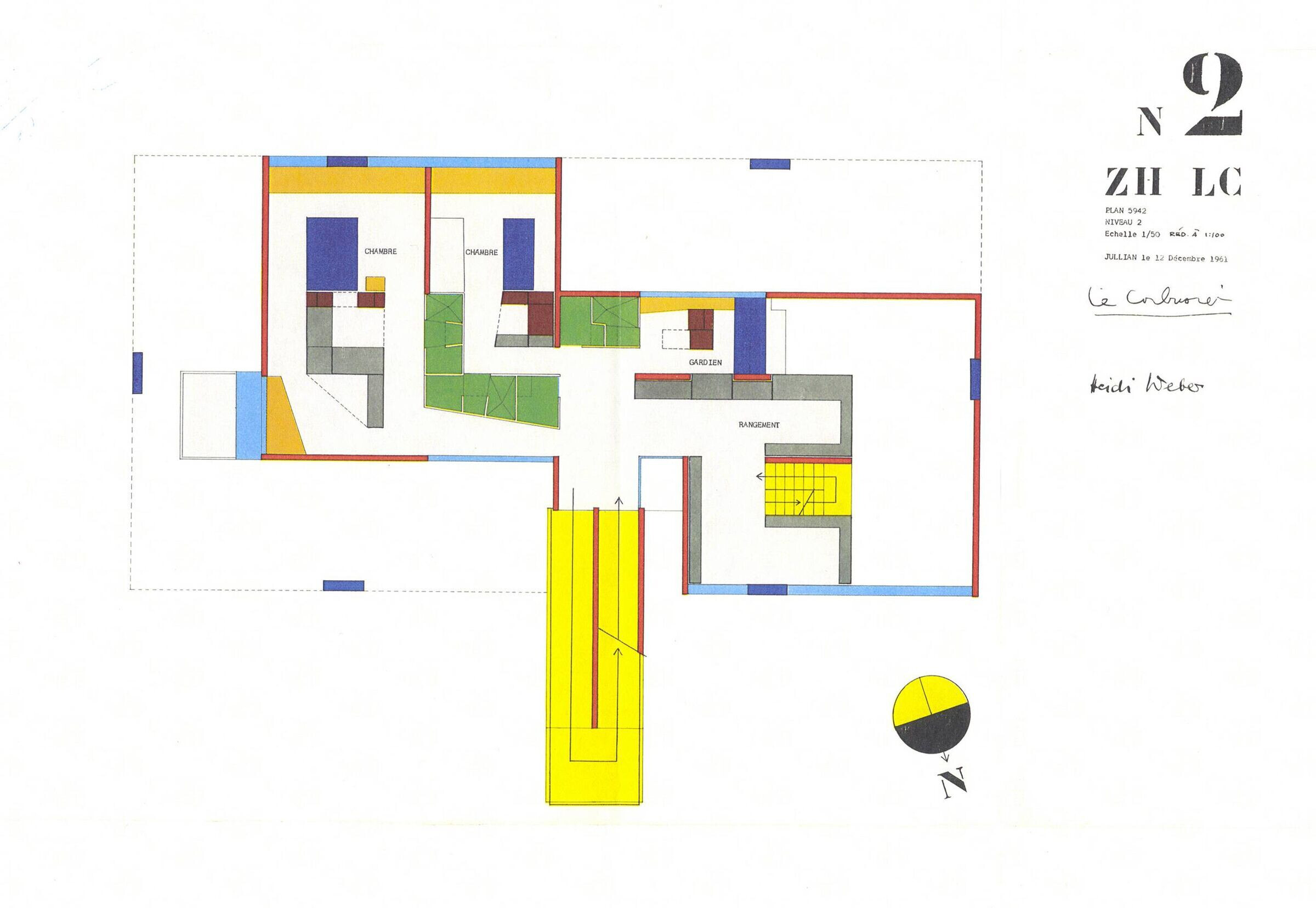
In 1923, Le Corbusier published his seminal book 'Vers une architecture', commonly translated into English as 'Towards a New Architecture'. It was in this book that he proclaimed the house as a “machine for living in”, summarising his early approach to design and the fundamental attitude of Modernist architecture.
Some of Le Corbusier’s most well-known projects include the Unité d'Habitation at Marseille, France; the unbuilt prototype for mass housing, Colline Notre Dame du Haut and the Villa Savoye.
Explore three defining Le Corbusier projects below:
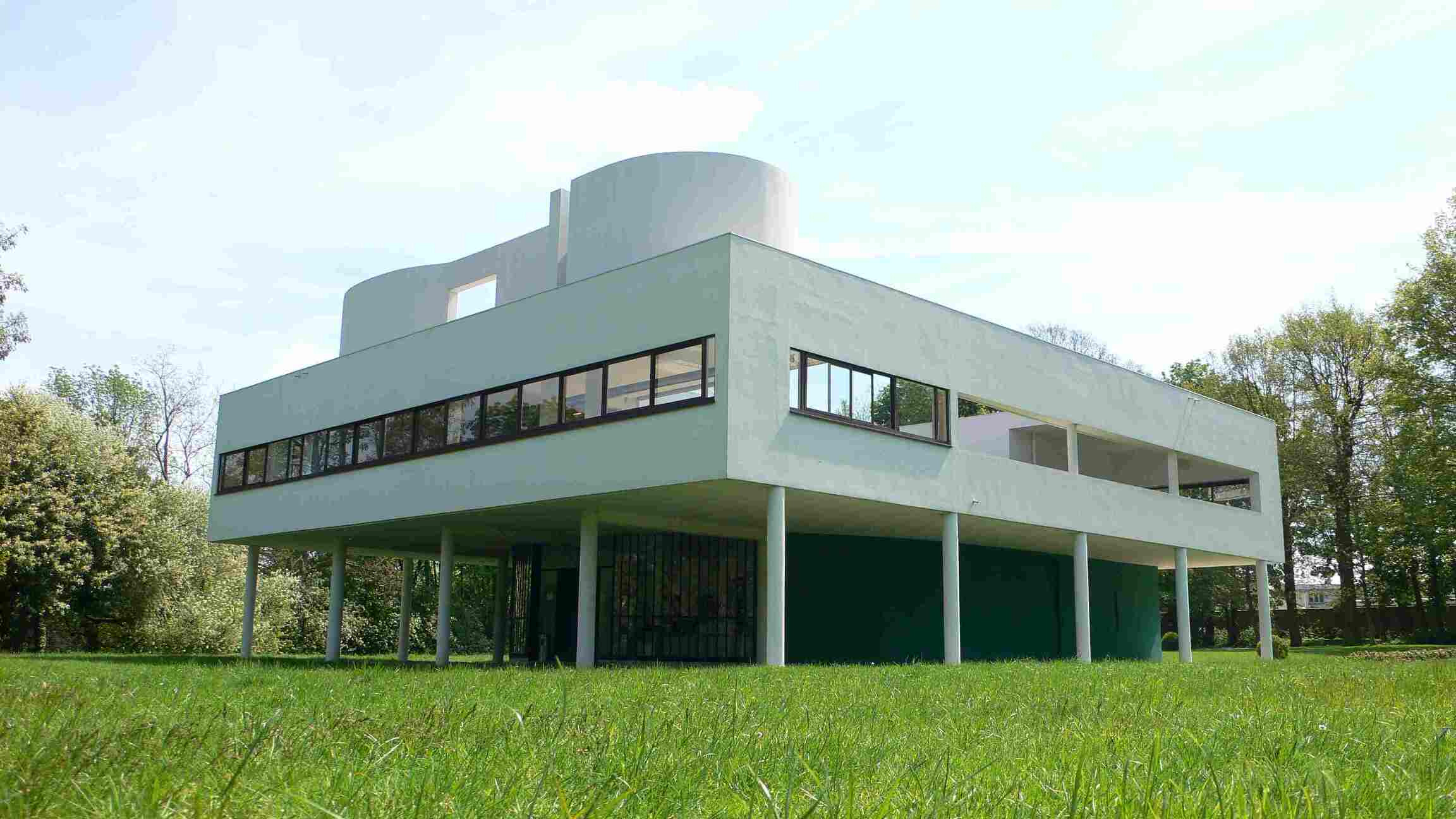
Built between 1928 and 1931, the Ville Savoye represents the bases of modern architecture (Le Corbusier’s “five points”) and is one of the most well-known example of the International Style. Origi...
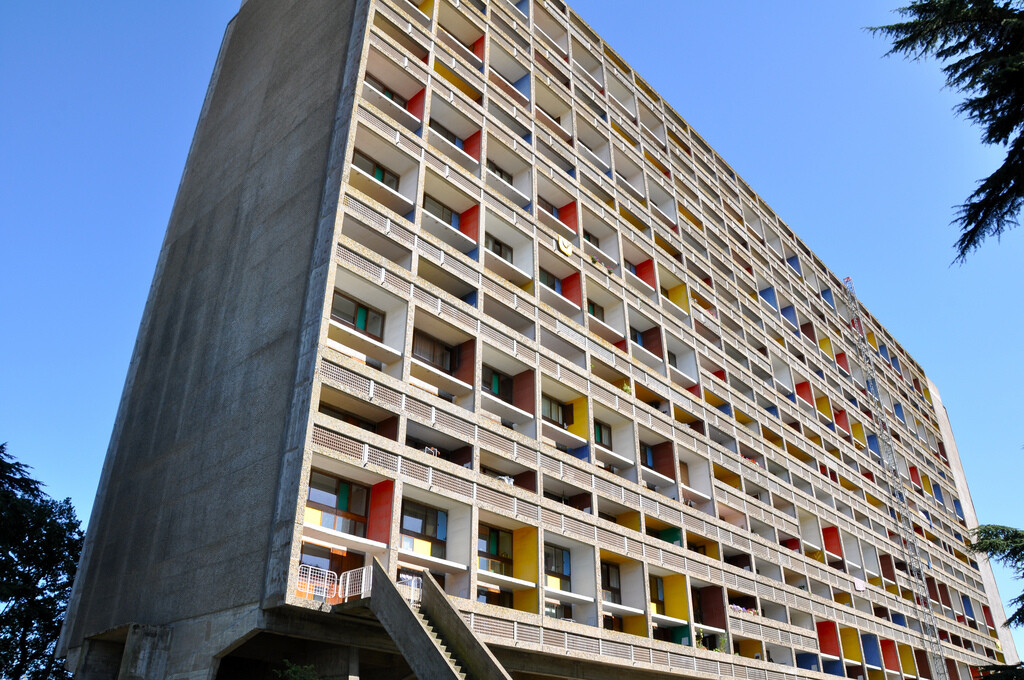
The Unité d'Habitation is the name of a modernist residential housing design principle developed by Le Corbusier, of which the Cité Radieuse in Marseille is the most famous. The Cité Radieuse (Rad...
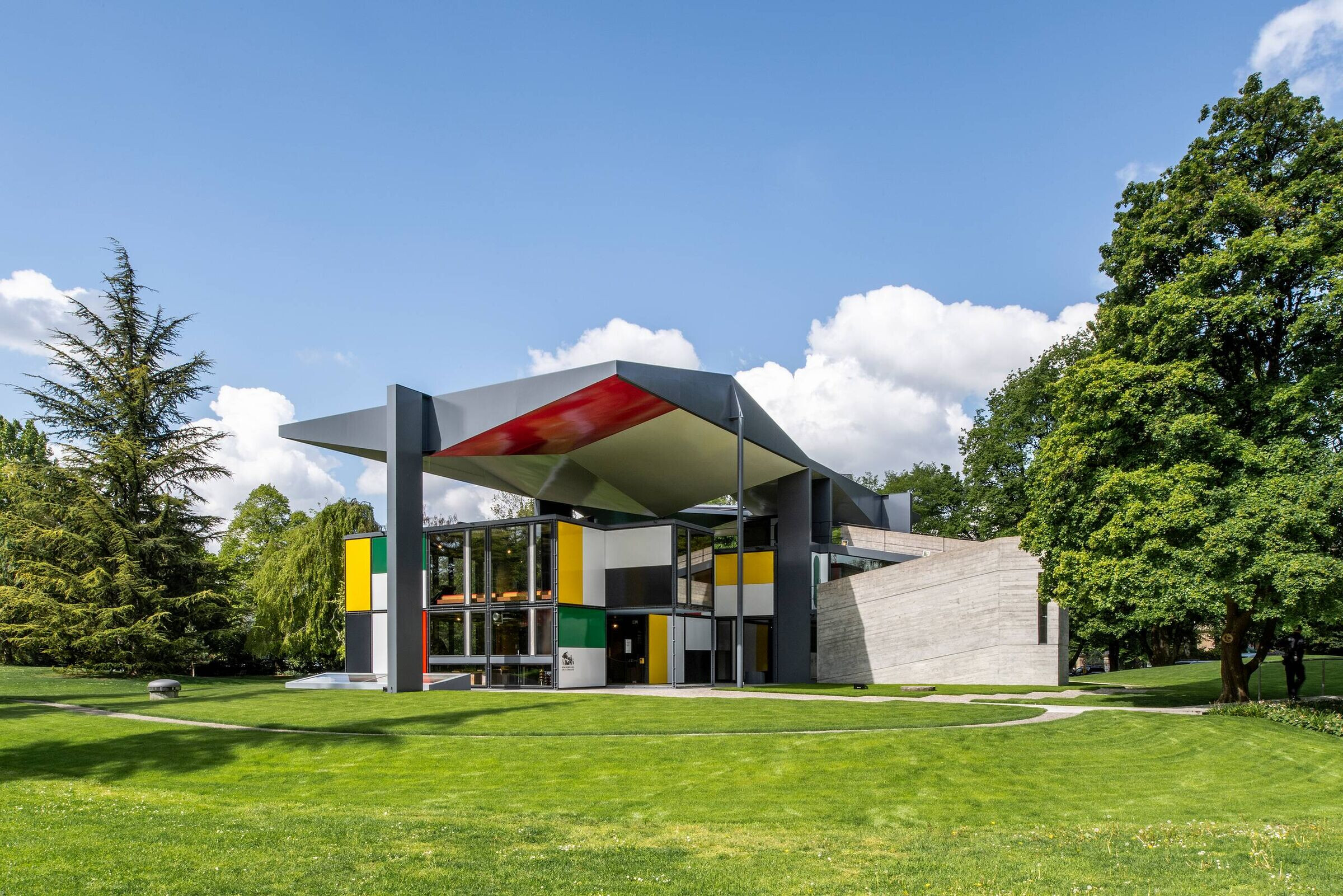
The Pavillon Le Corbusier kicks off its new season on 9 June 2020. Le Corbusier’s last building is a vibrantly colored architectural masterwork that is open to the public as a museum. This year’s e...



